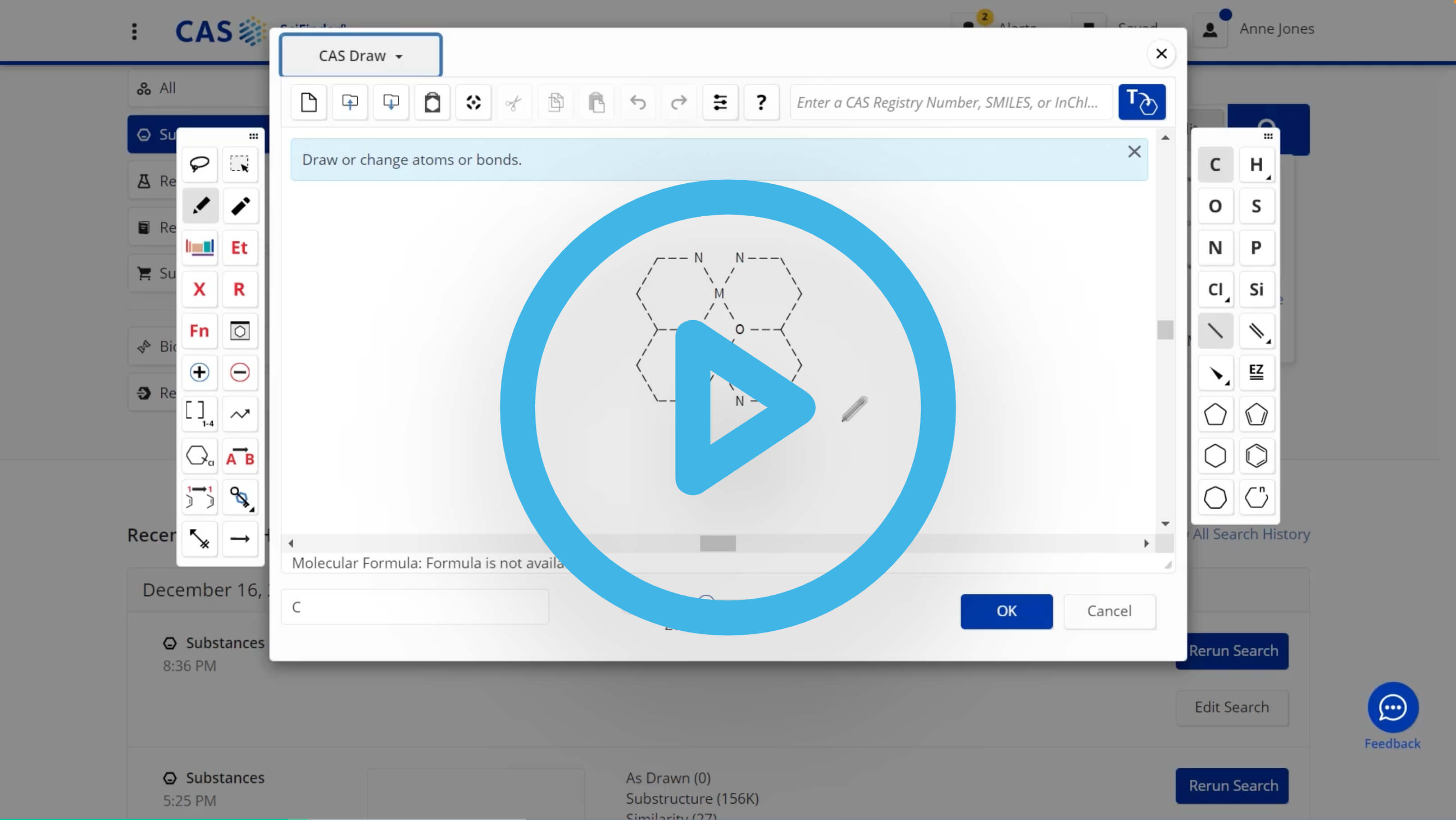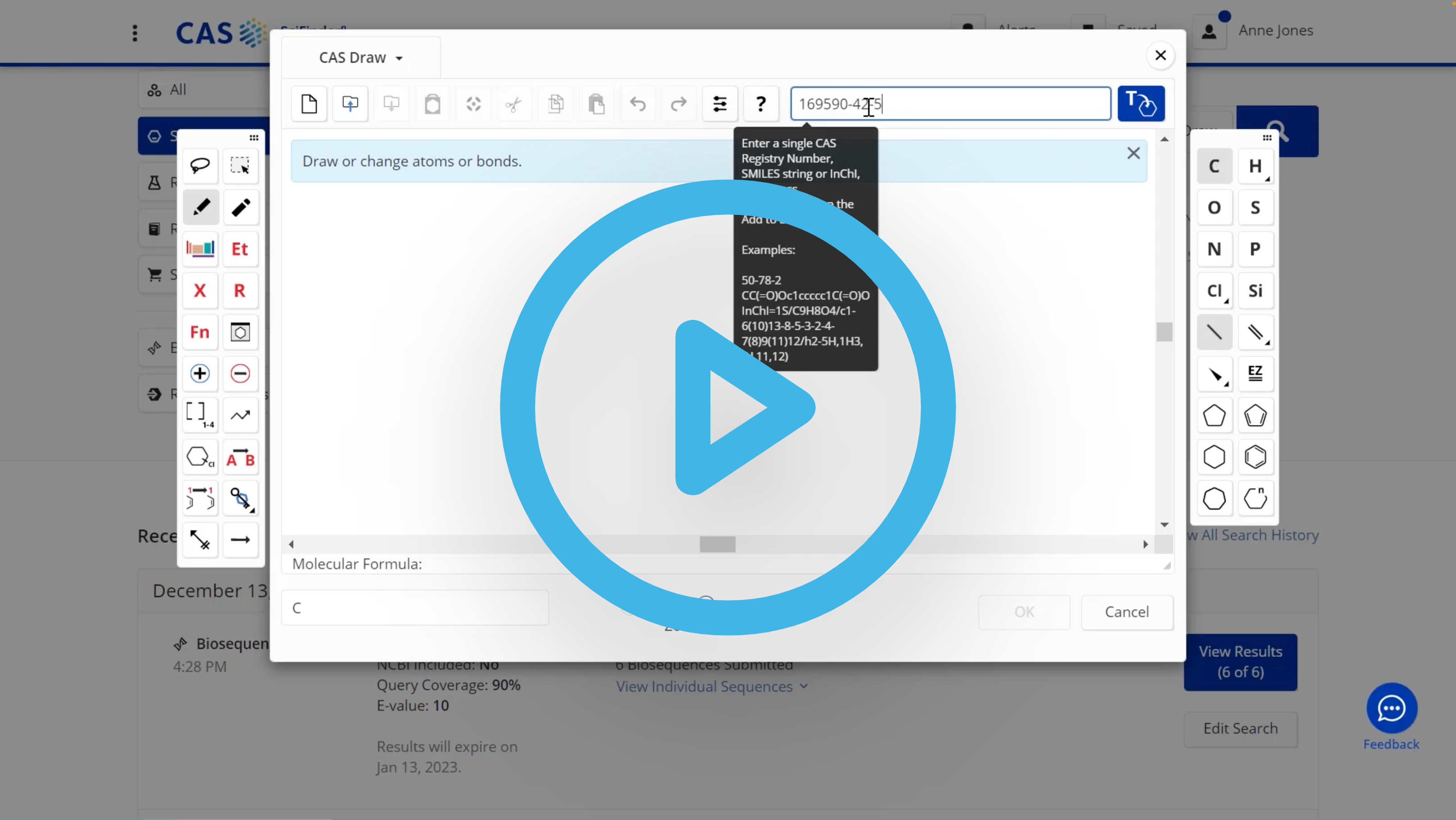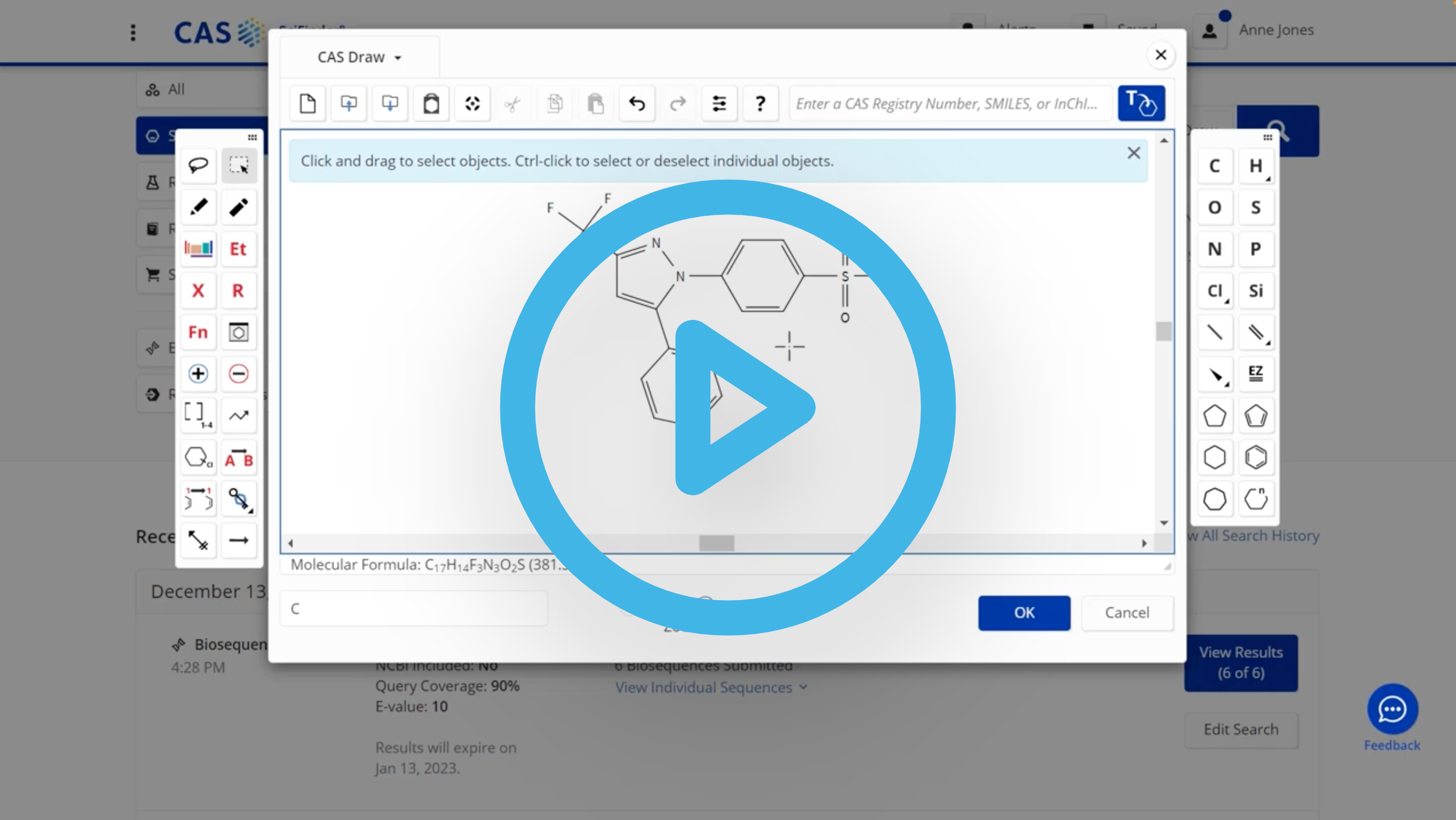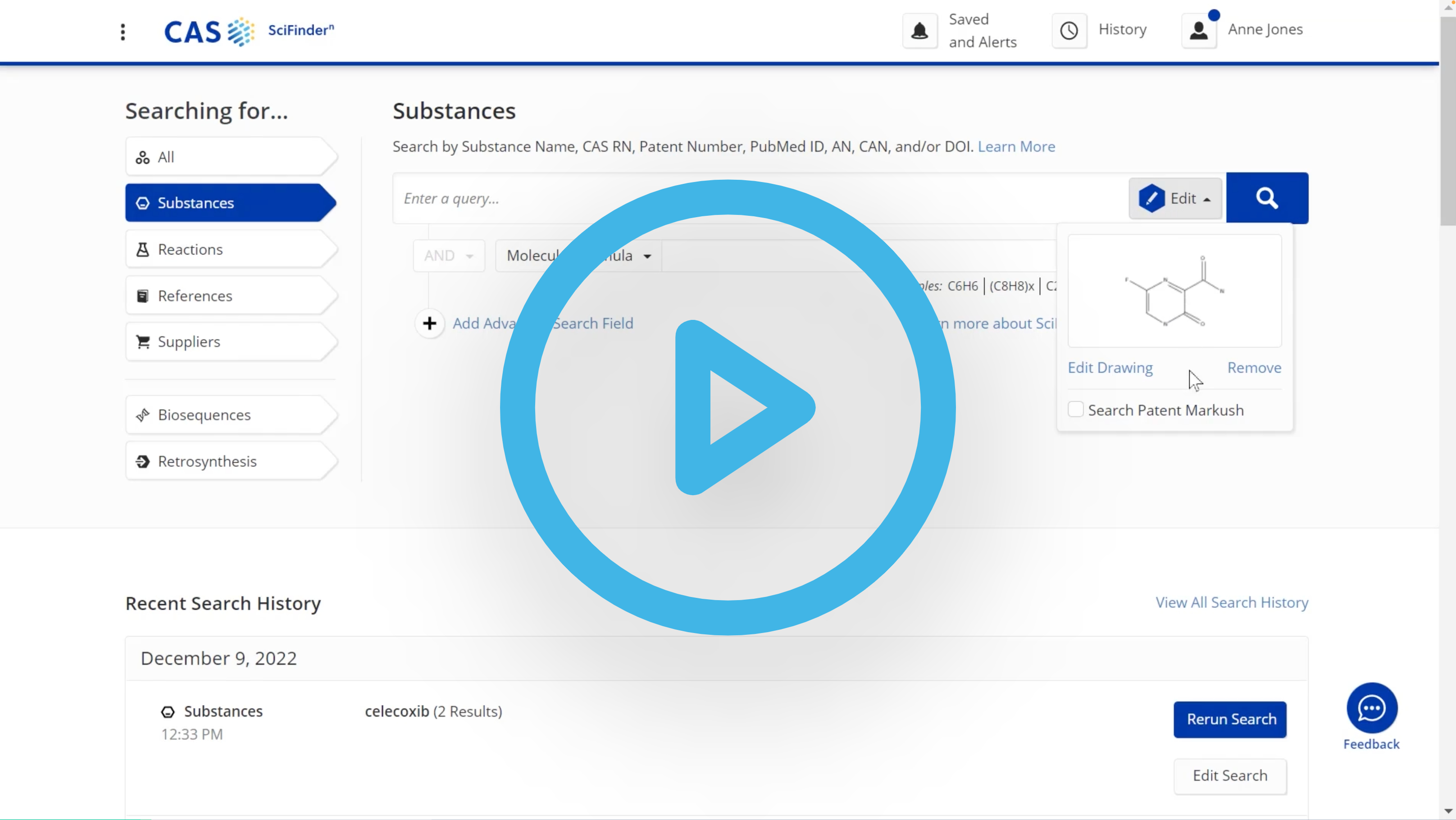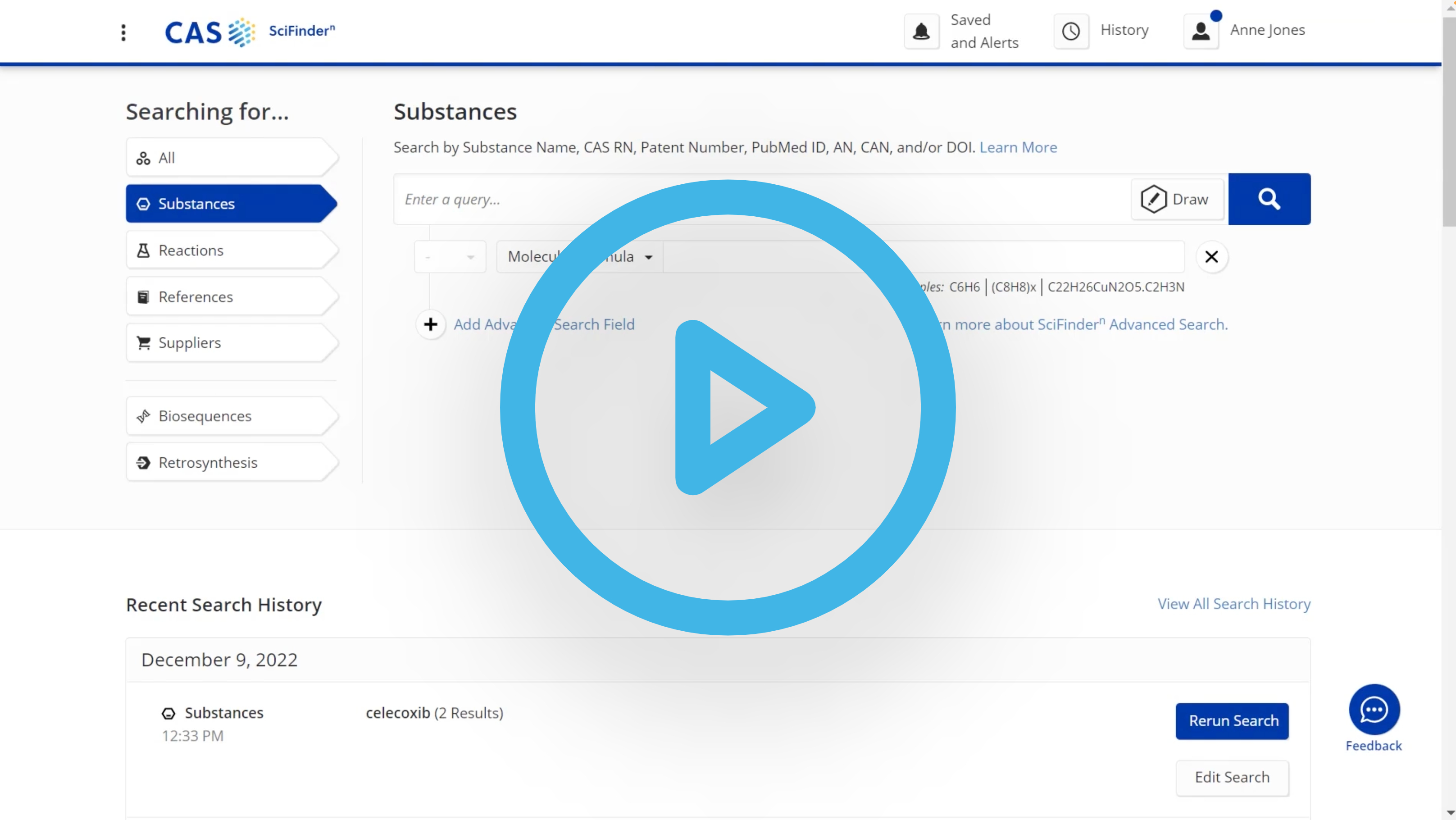Tips for stronger IP searches during biologics R&D
Get guidance on searches to pinpoint IP value in R&D and build stronger patent programs.
CAS Web Style Guide
CAs Web Style Guide - We will use Figma to host the finished style guide
Registry Innovator
Maximize opportunities with a patent landscape analysis





